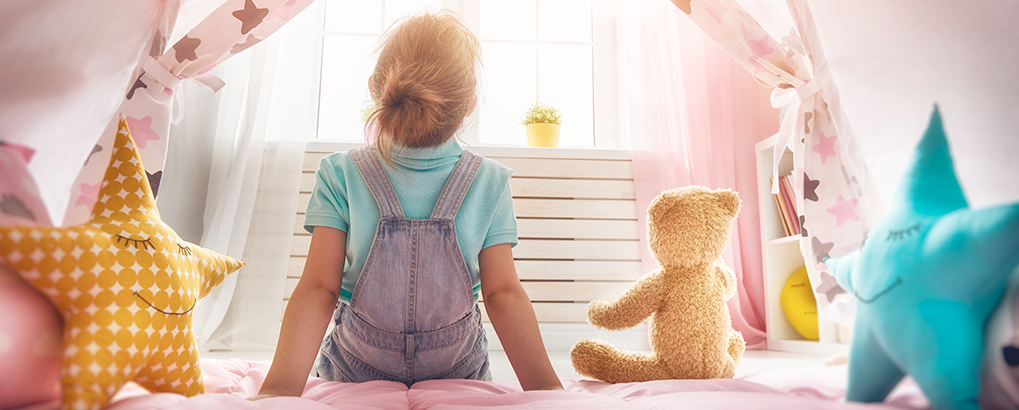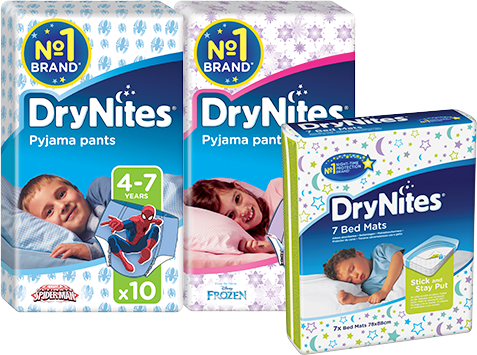Bedwetting facts
During the bedwetting stage, the right information and the right managements methods are often all you need to support your child, reassure yourself, and get through it together. That’s why we created this bedwetting facts guide, to give you answers to commonly asked questions, and to help you and your child understand this phase better.
WHAT IS NOCTURNAL ENURESIS?
This is just the medical term for bedwetting. Children experience it in one of these two forms: primary nocturnal enuresis and secondary nocturnal enuresis A child who has always wet the bed is going through primary nocturnal enuresis A who has been dry at night for more than six months, but then starts wetting the bed again is experiencing secondary nocturnal enuresis. Primary nocturnal enuresis is the most common type of bedwetting.
HOW COMMON IS BEDWETTING?
While many children stop wetting the bed by the time they start school, it’s quite common for it to take longer. It’s a developmental phase that children can’t control. Most children will become dry in their own time. – some may need to have some help from a local professional – nurse or doctor.
WHY IS MY CHILD WETTING THE BED?
While there are many possible causes for bedwetting, the most important thing to know is that bedwetting is nobody’s fault. There is no connection between bedwetting and laziness or toilet training. It’s worth keeping in mind that boys are twice as likely as girls to experience bedwetting. Emotional stress can also be a factor for children who have previously been dry, but have started wetting the bed again.


